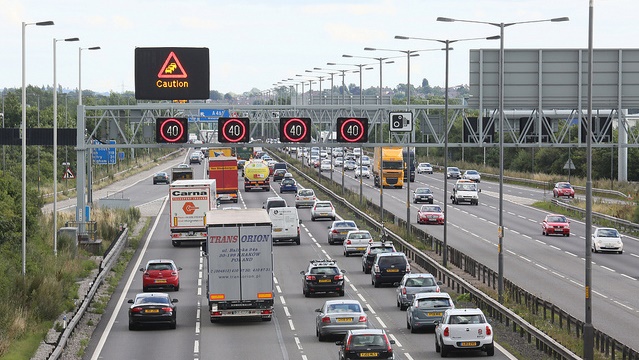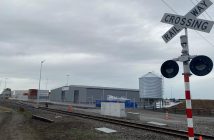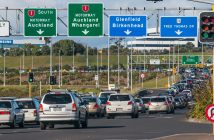
Researchers from Switzerland’s École Polytechnique Fédérale de Lausanne (EPFL) have developed an advanced algorithm for automated vehicles operating alongside manually-driven vehicles
Thought it’s certain that self-driving vehicles are here to stay, the transition from a handful of autonomous and connected cars today to a true smart system by 2030 remains uncertain.
Researchers working on the European AutoNet2030 project believe it can be achieved by combining driving assistance technologies and inter-vehicle communications.
They have recently shown that it is possible for vehicles with or without drivers to operate in high-speed, multi-lane traffic autonomously under real-life conditions.
This is a key step in the ongoing shift towards autonomous driving. EPFL’s contribution to this project comes in the form of a cooperative maneuvering control algorithm.
Thanks to a communication protocol based on Wi-Fi, vehicles can now share information among each other.
This, combined with an array of driving-assistance devices – GPS, lasers, video cameras and other sensors – gives vehicles the ability to drive completely on their own.
Though a widely-touted option is to have automated vehicles travel in convoys, the AutoNet2030 researchers propose a cooperative and distributed system.
Out goes the leader, as each connected vehicle communicates directly with other vehicles in the immediate vicinity. They then adjust their speed and position independently of each other.
Each vehicle also benefits from its neighbors’ eyes, effectively enjoying 360 degree perception. What’s more, there’s no upper limit to the size of the convoy in theory, since each member positions itself independently.
Convoys are managed using control software based on an algorithm developed by EPFL’s Distributed Intelligent Systems and Algorithms Laboratory (DISAL).
In mathematical terms, the algorithm uses information that it receives from the agents’ sensors to guide the convoy’s movements in real time.
The convoy automatically and constantly reorganizes when, for example, another vehicle joins or leaves it, it changes lanes, or it adapts to target speeds.
The DISAL researchers began by managing robots on simulators before moving on to real miniature robots and then to cars on simulators.
Finally, as part of the AutoNet2030 project, they managed to get to real vehicles on the road.




